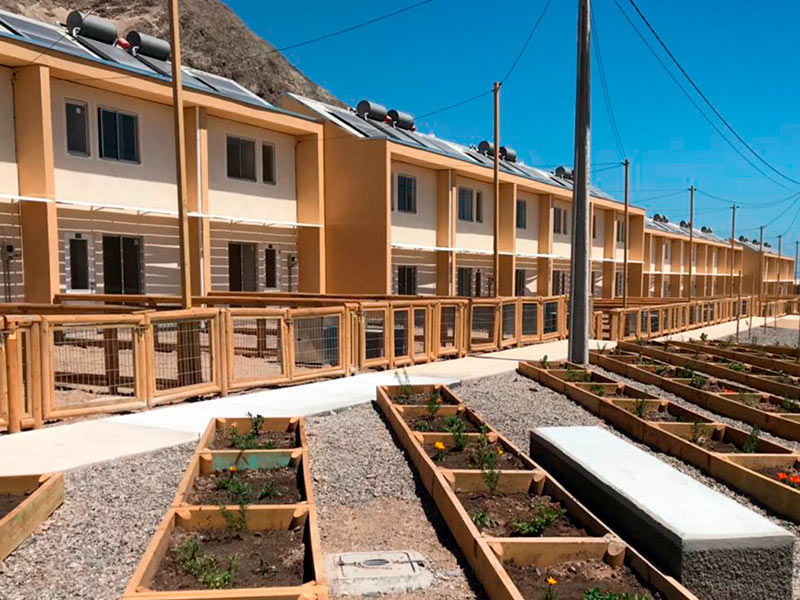 4 min
4 min
Rosanna Forray is an architect with international experience in neighbourhood regeneration processes and urban social development. She is currently working in two areas: mobility and the design of public spaces, and urban regeneration and housing in vulnerable neighbourhoods. Demanding and committed, Rosanna shares her vision of architecture in three questions.
Should architecture undergo a revolution? And if so, how?
For architects in Chile, the revolution started twenty years ago. On different fronts, and at different scales: from the microscale of individual dwellings, with the resurgence of traditional mudbrick construction methods, to the academic research related with the construction industry on the intermediate scale, as exemplified by medium-rise buildings for public use and social housing developments where wood is the dominant construction element. This minor revolution has even occurred on the macro scale, with landscaping projects which use the dynamics of nature to reduce the impact of flooding. It’s a slow revolution, however, and it’s taken over twenty years for it to yield fruit, in terms not only of technological innovation but also in terms of its contribution to public policy and public construction projects.
Read also: Architects’ perspectives: Jana Revedin “Adaptability is our most urgent task.”»”
Do we have the capacity to accelerate sustainable construction?
We’re a long way from reaching the capacity necessary for accelerating sustainable construction and integrating it in every aspect of the architectural, planning and landscaping professions. Nevertheless, thanks to the sustained efforts of certain research cells in the construction industry, significant progress has been made in the incorporation of sustainability in design and construction on an industrial scale. At Centro UC, the research into innovative uses of wood is an example of these efforts. Also, infrastructure projects for the management of natural hazards are increasingly incorporating solutions based on natural processes.
Oasis de Chañaral, an emblematic architectural example of sustainable construction, chosen by Rosanna Forray: “This is the first all-wood neighbourhood in Chile. It comprises 260 units made of engineered wood to accommodate the families displaced by the floods in the Atacama region in 2015. It includes a wastewater treatment plant, and community facilities with recycling and market garden areas. The housing units are certified to energy consumption efficiency class AA. Designed by Centro UC de Innovación en Madera CIM for the Chilean Ministry of Housing and Town Planning. Winner of the Innovation and Sustainability Prize 2018.”

Oasis de Chañaral. Photo : CIM UC (Centro UC de Innovación en Madera).
What’s the major obstacle to the faster transformation of the sector in Chile?
To accelerate sustainable construction in Chile we need to increase the local availability of research, design and production resources, encourage the transfer of know-how, diversify the scopes of application of viable and flexible technologies and solutions, make projects, new technologies and methods more visible, and stimulate public interest.
Upcoming Architects' Perspectives:Ann Thompson, Executive Vice President of Architecture and Design at Related Midwest (USA)
Photo credits: Isabel Soto, CIM UC (Centro UC de Innovación en Madera)







